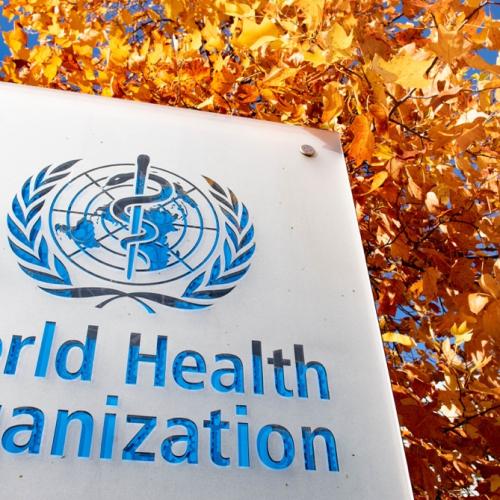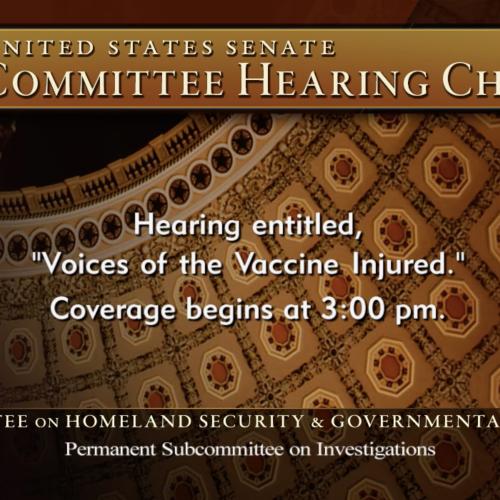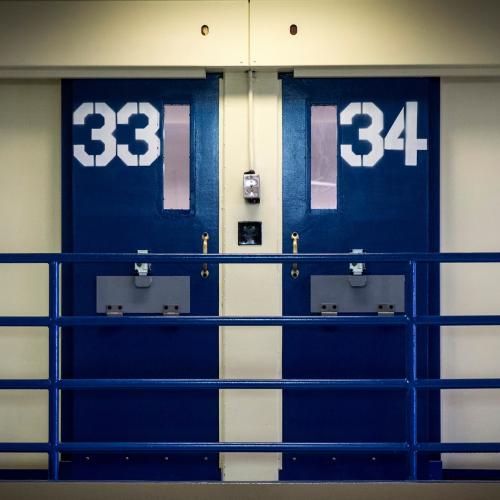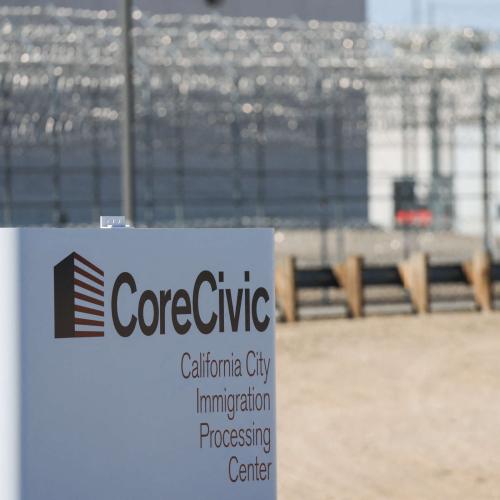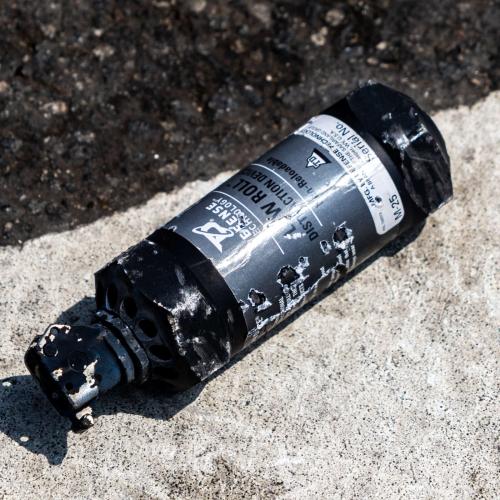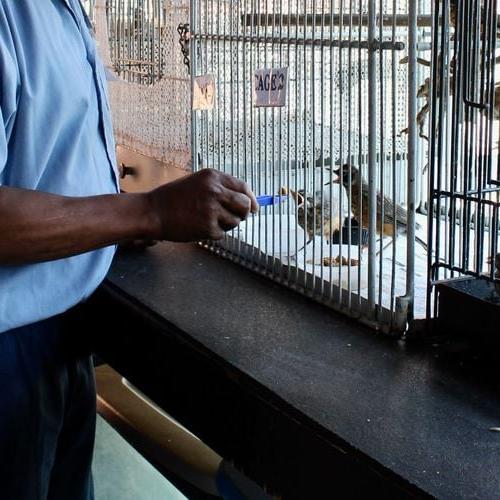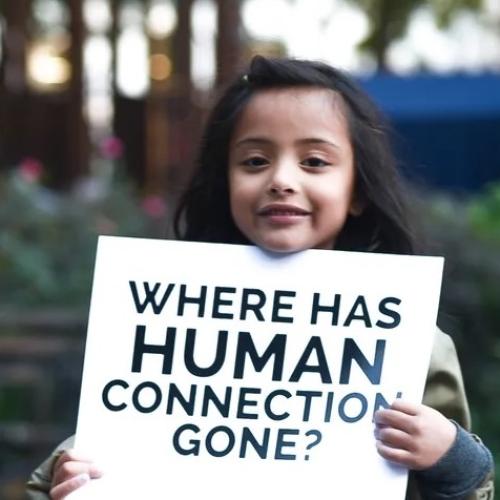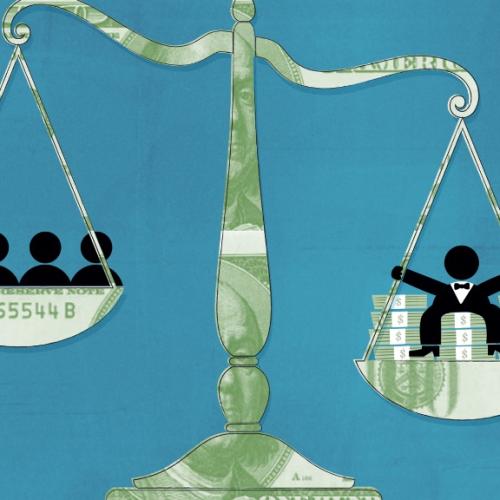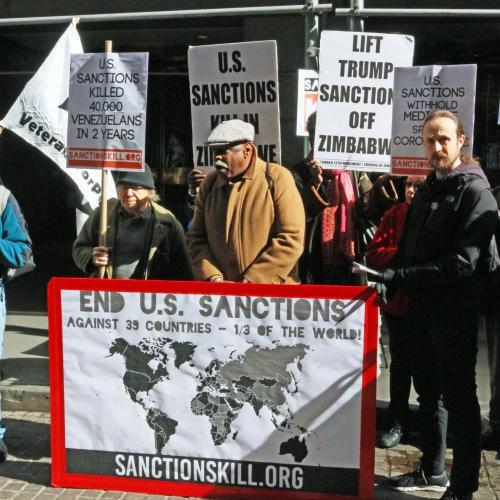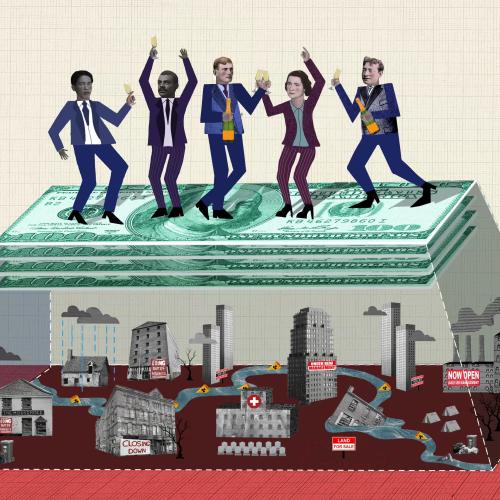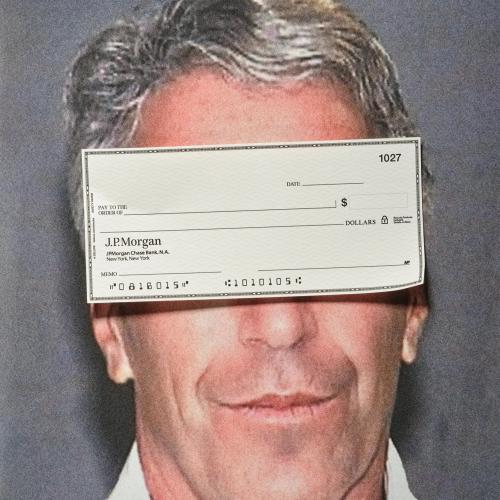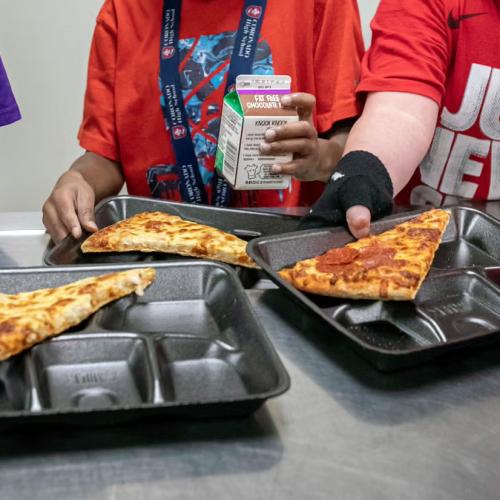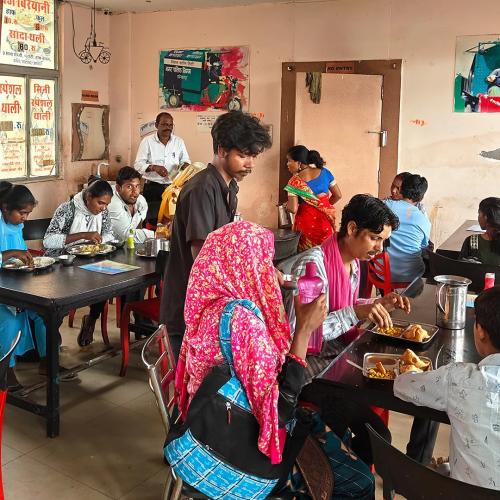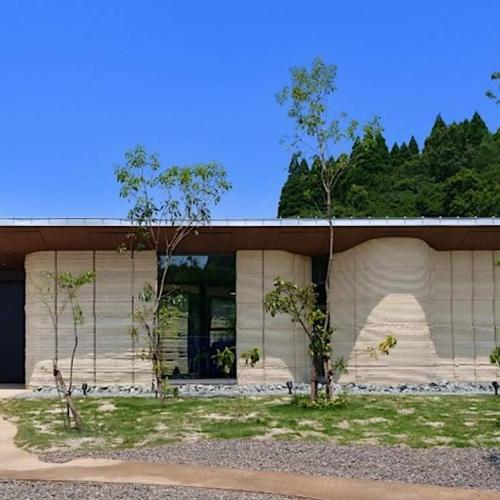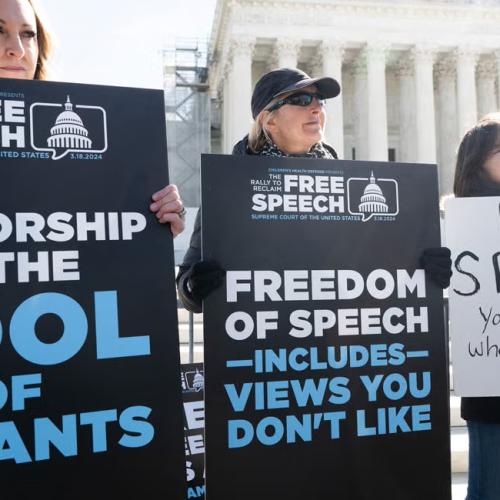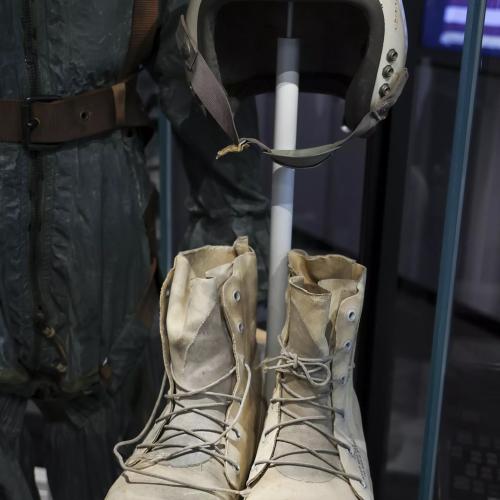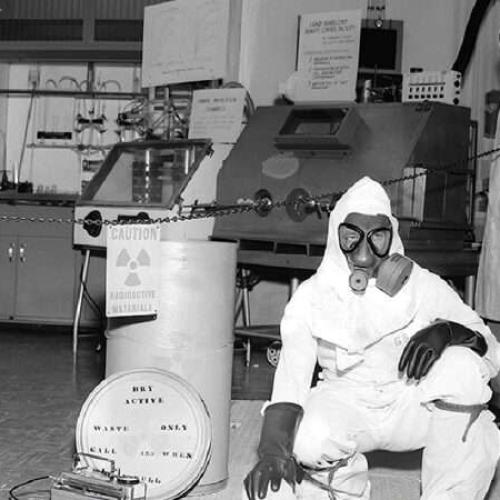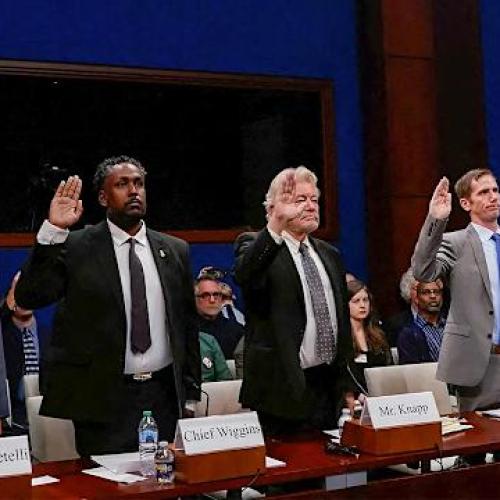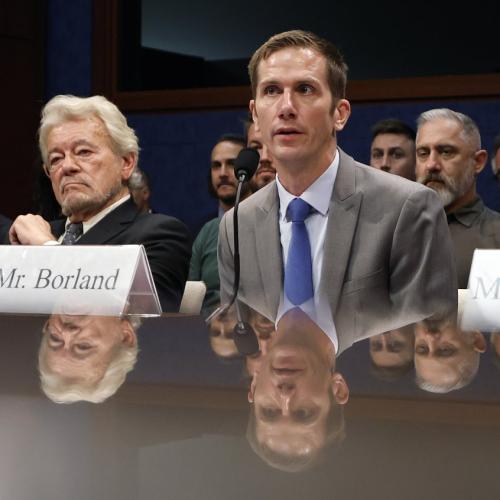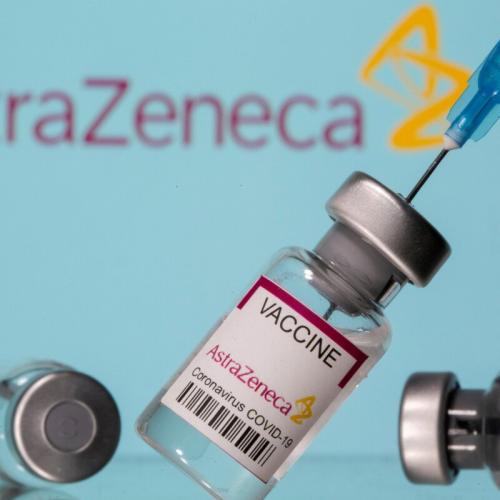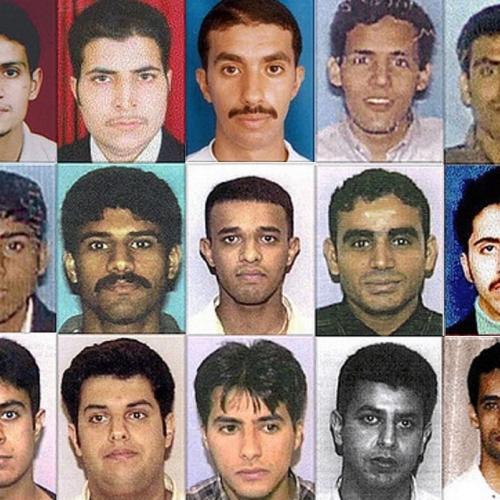Related Stories
What Happened When America Emptied Its Youth Prisons
Key Excerpts from Article on Website of New York Times
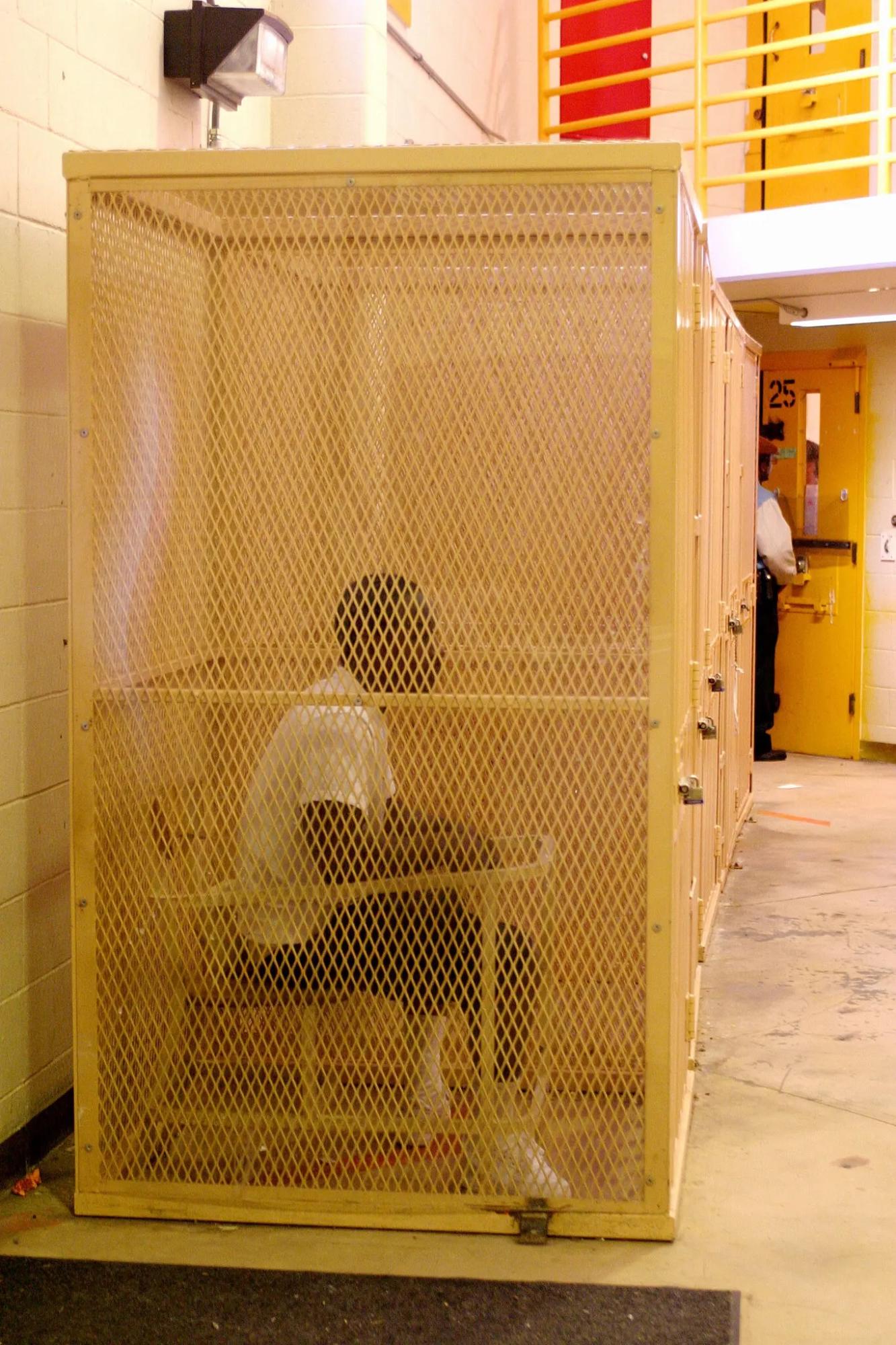
Posted: April 17th, 2025
https://www.nytimes.com/2025/01/28/magazine/juvenile-prison-...
Between 2000 and 2020, the number of young people incarcerated in the United States declined by an astonishing 77 percent. The number of young people behind bars increased steadily in the 1970s and 1980s and then rose more sharply in the 1990s. In the last two years for which we have data, 2021 and 2022, the number of incarcerated juveniles rose 10 percent. But even factoring in that increase, the country locked up 75 percent fewer juveniles in 2022 than it did in 2000. With fewer juveniles behind bars, many states have shuttered youth facilities. Today America has 58 percent fewer of them than it did in 2000. Beginning in 2008, New York State closed 26 juvenile jails; over the next 12 years, juvenile crime in the state declined 86 percent. [Susan Burke, director of Utah’s juvenile justice system from 2011 to 2018] sees it similarly: “When judges worried that crime would go up if we closed the assessment centers, I could show them data that it was already dropping. Then I could go back and show them data a year later that it was still declining. At that point, what could they say?” Exposé after exposé piled up to prove to the public what many insiders already knew: The biggest recidivists in the system were the institutions. In early 2004, a series of expert reports documented rampant violence and cruelty. Custom-built individual cages where youth deemed violent received their school lessons. Video footage from a facility in Stockton showed counselors kneeling on the backs and necks of prisoners, beating and kicking the motionless young people. Six months later, The San Jose Mercury News published a multipart exposé revealing that youth were regularly tear-gassed, pepper-sprayed and forced into solitary confinement.
Note: Read the research that proves juvenile incarceration does not reduce criminal behavior. For more along these lines, read our concise summaries of news articles on prison system corruption and inspiring stories on repairing our criminal justice system.
Related Stories
Latest News
Key News Articles from Years Past














